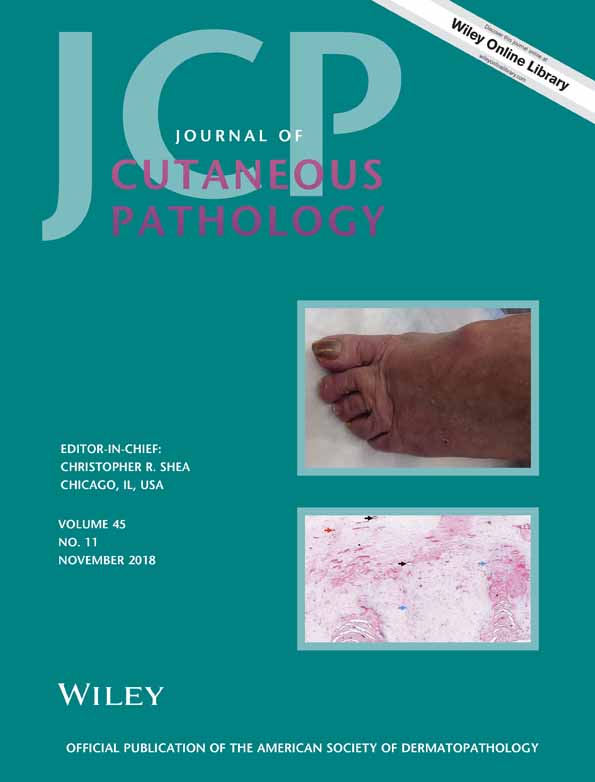Clinical and histological spectrum of nail psoriasis: A cross-sectional study
Abstract
Background
Nail psoriasis can pose diagnostic difficulties as there are several close clinical mimickers, including onychomycosis, lichen planus, and even squamous cell carcinoma. In view of differing treatment and prognostic implications, it is important to make an accurate diagnosis, especially in cases with isolated nail involvement.
Methods
Sixty consecutive patients with nail changes suggestive of psoriasis were included. A nail punch biopsy was performed and histopathological features were recorded for each case and percentage positivity of each individual feature was calculated. Periodic acid-Schiff (PAS) stain was performed to detect any fungal colonization or invasion.
Results
The most common clinical nail change was distal onycholysis (93.3% patients), followed by subungual hyperkeratosis (80%). On histological examination, the feature found most frequently was hyperkeratosis with parakeratosis (78% of biopsies), followed by neutrophilic infiltration of nail bed epithelium (63%), and hypergranulosis (58%). Unlike psoriasis elsewhere, nail bed and matrix histopathology revealed hypergranulosis in more than half of the cases. PAS stain was positive for fungal elements in 16 of 60 (26%) cases.
Conclusion
This study provides a careful, detailed histopathological description of nail unit psoriasis in a large number of cases. The histopathologic features described, which are somewhat different from psoriasis elsewhere on the body, are of utility to pathologists who may receive nail biopsy specimens of hyperkeratotic lesions.




